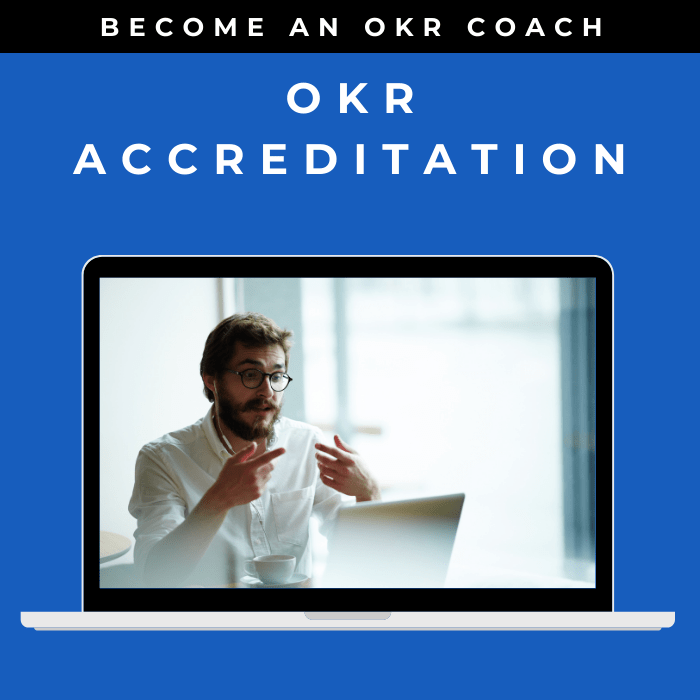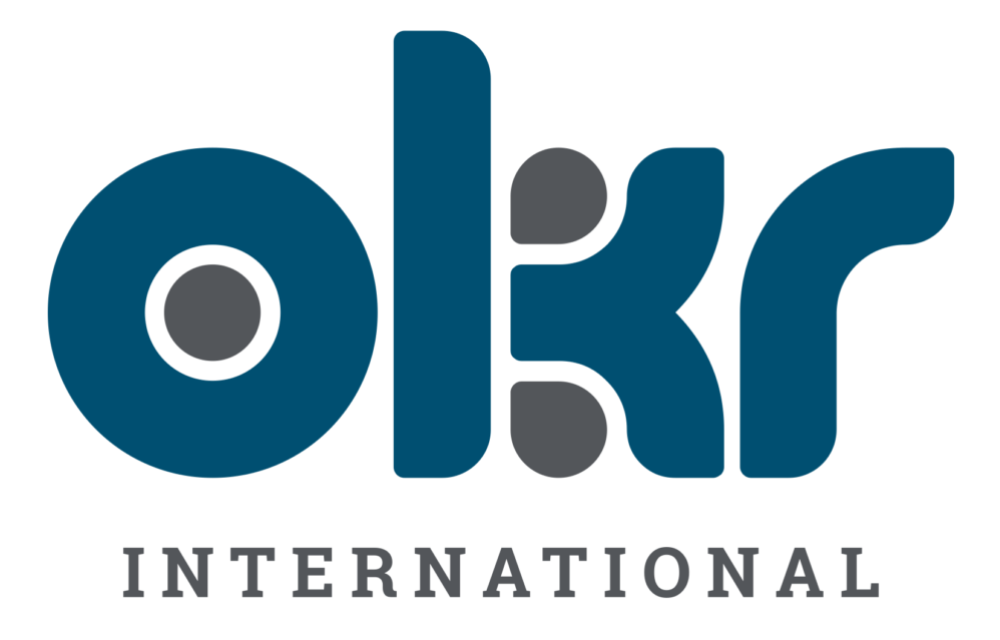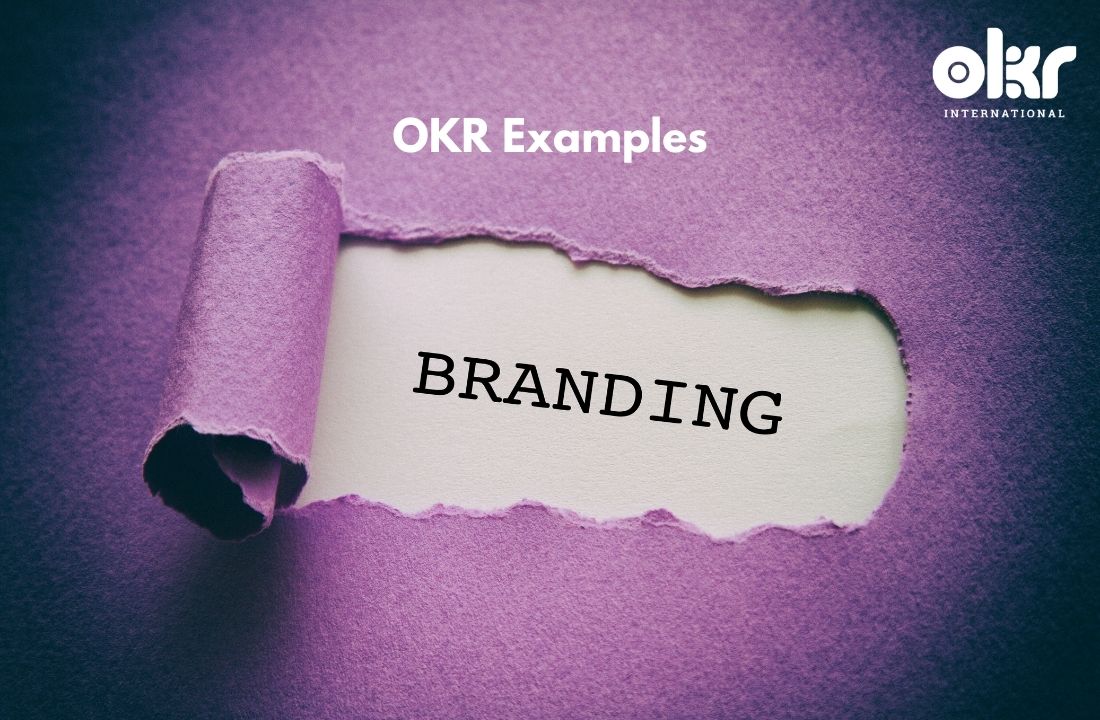10 Bright OKR Examples in Branding
Branding is a critical aspect of any business that helps create a strong identity and establish a favorable reputation among target audiences. Objectives and Key Results (OKRs) can be powerful tools in driving brand success and differentiation. Here, we present ten bright OKR examples in branding, offering valuable insights for organizations aiming to excel in this area and achieve their branding goals.
1. Enhancing Brand Awareness
Objective: Increase brand recognition and awareness among target audiences.
Key Results:
- Increase website traffic by 30% within the next quarter.
- Achieve a 20% growth in social media followers within the next six months.
- Attain a 15% increase in brand mentions and discussions on online platforms within the next year.
2. Improving Brand Perception
Objective: Enhance the perception of the brand in the minds of consumers.
Key Results:
- Increase positive sentiment in online brand mentions by 20% within the next six months.
- Achieve a 10% increase in brand favorability scores through customer surveys within the next quarter.
- Increase the Net Promoter Score (NPS) by 10 points within the next year.
3. Strengthening Brand Differentiation
Objective: Establish a unique and compelling brand positioning in the market.
Key Results:
- Conduct market research to identify key competitors and unique selling points within the next quarter.
- Develop and launch a brand messaging campaign highlighting key differentiators within the next six months.
- Increase the brand’s market share by 5% within the next year.
4. Enhancing Visual Identity
Objective: Optimize the visual elements that represent the brand.
Key Results:
- Refresh the brand logo and visual identity guidelines within the next quarter.
- Implement consistent brand visuals across all marketing channels and touchpoints within the next six months.
- Achieve a 90% brand consistency rating in external communications within the next year.
5. Strengthening Brand Partnerships
Objective: Establish strategic partnerships to expand brand reach and visibility.
Key Results:
- Identify and initiate collaborations with three key industry influencers or organizations within the next quarter.
- Conduct co-branded marketing campaigns with partner brands and achieve a 15% increase in brand exposure within the next six months.
- Measure the impact of brand partnerships through tracking referral traffic and conversions within the next year.
6. Improving Brand Storytelling
Objective: Develop compelling narratives that resonate with target audiences.
Key Results:
- Conduct customer research to uncover key brand stories and customer success stories within the next quarter.
- Launch a content marketing campaign featuring brand storytelling across various channels within the next six months.
- Increase brand engagement metrics (e.g., time on page, social shares) by 20% within the next year.
7. Enhancing Customer Experience
Objective: Improve the overall experience customers have with the brand.
Key Results:
- Implement customer journey mapping and identify areas for improvement within the next quarter.
- Achieve a 10% increase in customer satisfaction scores through post-purchase surveys within the next six months.
- Reduce customer churn rate by 15% within the next year.
8. Strengthening Employee Brand Advocacy
Objective: Foster a culture of brand advocacy among employees.
Key Results:
- Launch an internal brand training program for all employees within the next quarter.
- Increase employee participation in sharing brand-related content on social media by 30% within the next six months.
- Achieve a 90% employee satisfaction rate with internal branding initiatives within the next year.
9. Expanding Brand Reach
Objective: Extend the brand’s presence to new markets or target demographics.
Key Results:
- Conduct market research to identify potential new markets or target demographics within the next quarter.
- Develop and launch tailored marketing campaigns to reach new markets within the next six months.
- Achieve a 10% increase in brand reach within the identified new markets within the next year.
10. Monitoring Brand Performance
Objective: Continuously monitor and evaluate brand performance against key metrics.
Key Results:
- Implement brand tracking surveys and measure brand health indicators (awareness, perception, preference) on a quarterly basis.
- Conduct regular competitor analysis to benchmark the brand’s performance within the market within the next six months.
- Achieve a 5% increase in brand equity as measured by brand valuation methods within the next year.
By adopting these OKR examples in branding, organizations can enhance brand awareness, perception, and differentiation, deliver exceptional customer experiences, and foster brand advocacy. These strategic objectives and key results serve as guiding principles for organizations seeking to excel in their branding efforts and drive long-term brand success.

When looking to set OKRs, it’s natural to want examples to ignite the thought process or simply compare yours to OKR Examples. Check out our compendium of OKR Examples here.
Explore Our Range of Services
Bring OKRs (Objectives and Key Results) to your organisation with our tried & tested OKR Framework.


OKR International’s highly acclaimed Certified OKR Practitioner Program is the first and only OKR accreditation endorsed by ICF & HRCI for continuing education units.
OKR International helps leaders create the alignment, engagement and result orientation needed for growth by offering OKR Advisory services.



